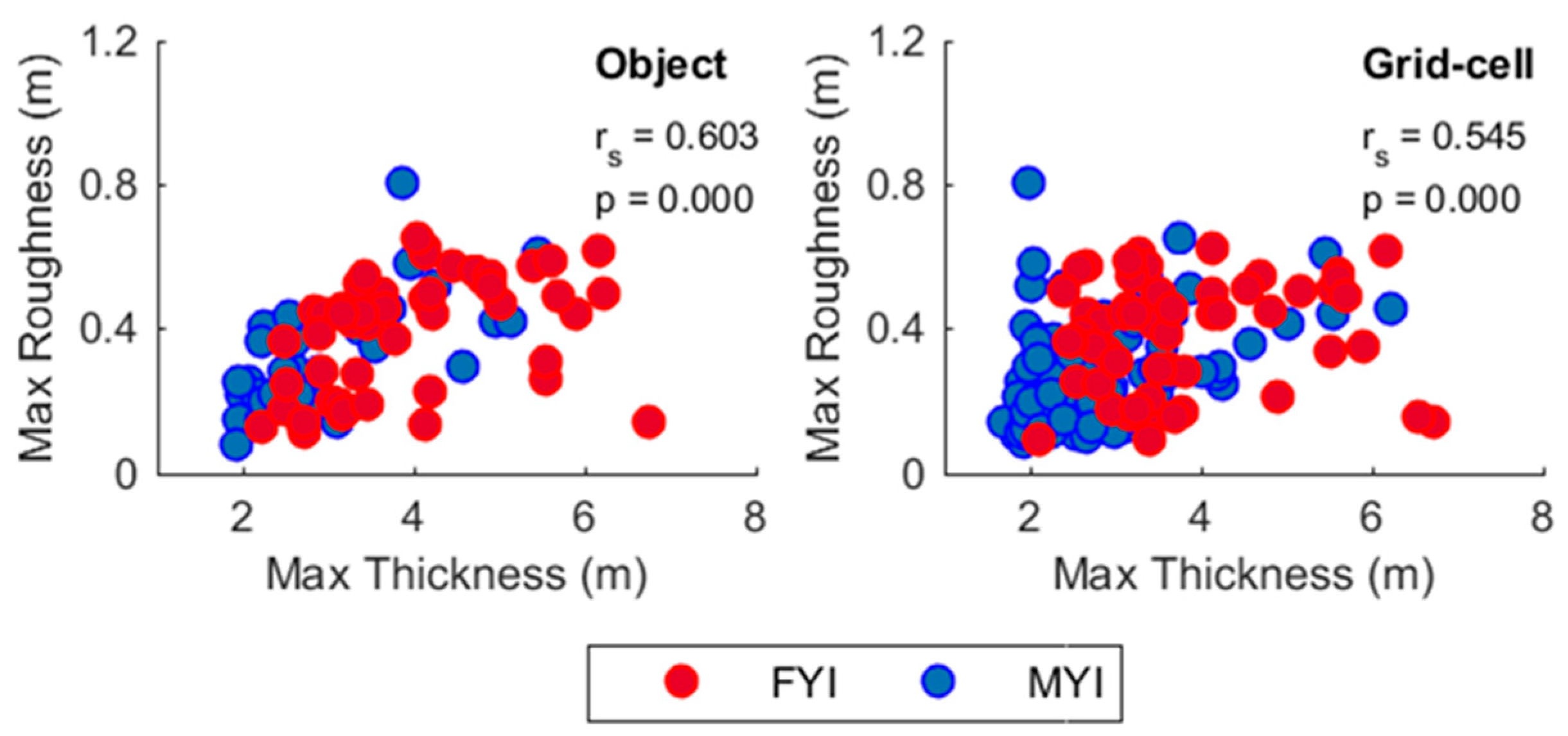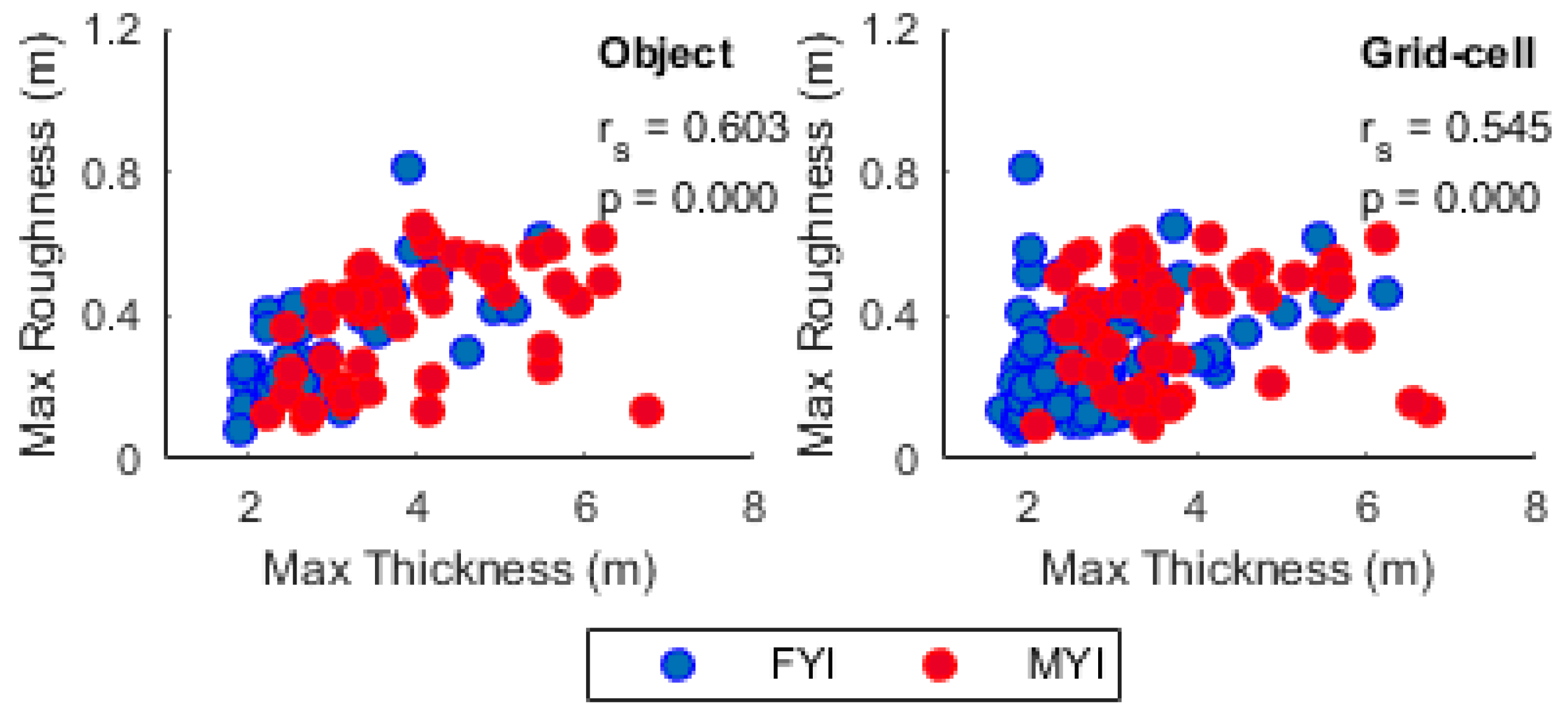Erratum: Nasonova, S. et al. Linking Regional Winter Sea Ice Thickness and Surface Roughness to Spring Melt Pond Fraction on Landfast Arctic Sea Ice. Remote Sens. 2018, 10, 37
Conflicts of Interest
Reference
- Nasonova, S.; Scharien, R.K.; Haas, C.; Howell, S.E.L. Linking Regional Winter Sea Ice Thickness and Surface Roughness to Spring Melt Pond Fraction on Landfast Arctic Sea Ice. Remote Sens. 2018, 10, 37. [Google Scholar] [CrossRef]








© 2018 by the authors. Licensee MDPI, Basel, Switzerland. This article is an open access article distributed under the terms and conditions of the Creative Commons Attribution (CC BY) license (http://creativecommons.org/licenses/by/4.0/).
Share and Cite
Nasonova, S.; Scharien, R.K.; Haas, C.; Howell, S.E.L. Erratum: Nasonova, S. et al. Linking Regional Winter Sea Ice Thickness and Surface Roughness to Spring Melt Pond Fraction on Landfast Arctic Sea Ice. Remote Sens. 2018, 10, 37. Remote Sens. 2018, 10, 774. https://doi.org/10.3390/rs10050774
Nasonova S, Scharien RK, Haas C, Howell SEL. Erratum: Nasonova, S. et al. Linking Regional Winter Sea Ice Thickness and Surface Roughness to Spring Melt Pond Fraction on Landfast Arctic Sea Ice. Remote Sens. 2018, 10, 37. Remote Sensing. 2018; 10(5):774. https://doi.org/10.3390/rs10050774
Chicago/Turabian StyleNasonova, Sasha, Randall K. Scharien, Christian Haas, and Stephen E. L. Howell. 2018. "Erratum: Nasonova, S. et al. Linking Regional Winter Sea Ice Thickness and Surface Roughness to Spring Melt Pond Fraction on Landfast Arctic Sea Ice. Remote Sens. 2018, 10, 37" Remote Sensing 10, no. 5: 774. https://doi.org/10.3390/rs10050774
APA StyleNasonova, S., Scharien, R. K., Haas, C., & Howell, S. E. L. (2018). Erratum: Nasonova, S. et al. Linking Regional Winter Sea Ice Thickness and Surface Roughness to Spring Melt Pond Fraction on Landfast Arctic Sea Ice. Remote Sens. 2018, 10, 37. Remote Sensing, 10(5), 774. https://doi.org/10.3390/rs10050774




